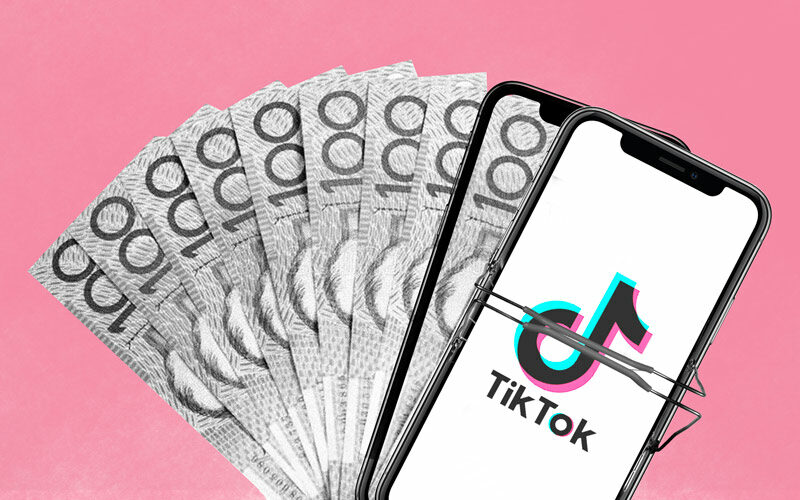COO of creative agency Ueno Emmanuel Saccoccini advises his staff: “When someone asks you for a coffee, bring the best one you can, but always add a piece of chocolate.”
Investors and consumers like value. They’ll consider value. But they’ll buy added value.
In startups and securing investment for them, the pitch is the coffee, and the chocolate is that little something extra that gets you noticed and remembered. The chocolate could be small, it could be decadent and attention grabbing. Either way, it’s an unexpected bonus that surprises and delights.
Sticking with the dessert metaphors here, what’s the cherry on top of your startup?
The value in delight
Before investor meetings, every good entrepreneur agonises over financials and metrics. You’ll memorise every detail and prepare for every question.
Being accurate and transparent is second to none. But it’s easy to forget your other job: to excite. Pitches should consider the individual investor. They should be tailored to their areas of interest and business expertise. Sometimes it’s as simple as finding things you have in common – whether it’s fishing or a FinTech background – and using it to forge a bond.
When thinking about your “something extra”, consider what will resonate with them. It might be a certain brand value or pledge, or a partnership with a charity close to their heart. It might be an exciting brand activation event that aligns with their passions.
Storytelling
Many seed stage businesses are good with big picture stuff. The overarching goals of startups – hit an x valuation, hit x subscribers, exit after x years – can vary little from one pitch to the next. It’s the minutiae that makes you memorable. The small details about why you’re really here that pull intrigue and demonstrate acute awareness of your marketplace and customer base.
Storytelling helps you stand out in a sea of competition.
No one likes a sob story (actually – they must do, because they’re all over LinkedIn and reality TV). But investors don’t like sob stories. Getting the cadence of your backstory right is tricky, because it’s easy to veer into ‘woe is me’ territory – how hard you work, how difficult your start was, how much you need this break.
As long as it’s the story of your business, not the story of you, you shouldn’t be afraid to open up to investors on your whys and wherefores.
An authentic story about how your origins or beliefs fuel your intentions is well-placed, as long as it’s relevant and engaging. It’s okay to display passion and emotion – in an appropriate way.
Spitting bars
Eyewear retailer Warby Parker did some early brand building by putting a showroom in an old school bus and driving it 4000 miles across America (and went public last year with a valuation of $6.8 billion).
Jukedeck co-founder Ed Rex won the LeWeb 2014 startup competition by rapping his pitch (maybe take this one as an example rather than a suggestion!).
The founder of Instacart bribed a potential accelerator partner with beer.
The brands went beyond and above in making their business model stand out. It’s an annoying cliche, but this is true out-of-the-box thinking. It shows your ability to think about what others want to see, rather than just what you want out of the pitch.
That said, it’s important to…
Be on brand
As with all communications, the way you speak about your startup in investor meetings should be aligned with your wider brand values. A brand personality that scores high in excitement should be reflected in your presentation. You’ll bring lots of energy, maybe a bit of unconventionality, and your chocolate offering could be something big and exciting.
A sincere brand (whose values might be wholesome, sustainable, and down to earth like Patagonia, Volvo, and Dove) should be reflected in the way you speak and dress, your presentation’s colour and graphic choices, and your chocolate offering. A sincere brand wouldn’t make some big, extravagant gesture to impress (it certainly wouldn’t rap).
For a great example, check out Cocofina founder Jacob Thundil’s pitch on Dragons Den. He references his personal connection to the product via his homeland Kerala (the ‘land of coconuts’) without overdoing it. And the tone of his pitch closet mirrors the measured, sincere communication style of the brand.
As competition for investment capital squeezes, it’s not about meeting expectations, but exceeding them. Think about your core offering, then think further about what that cherry on top could mean for your startup.
But we just want to reiterate one last time, please don’t rap your pitch.











